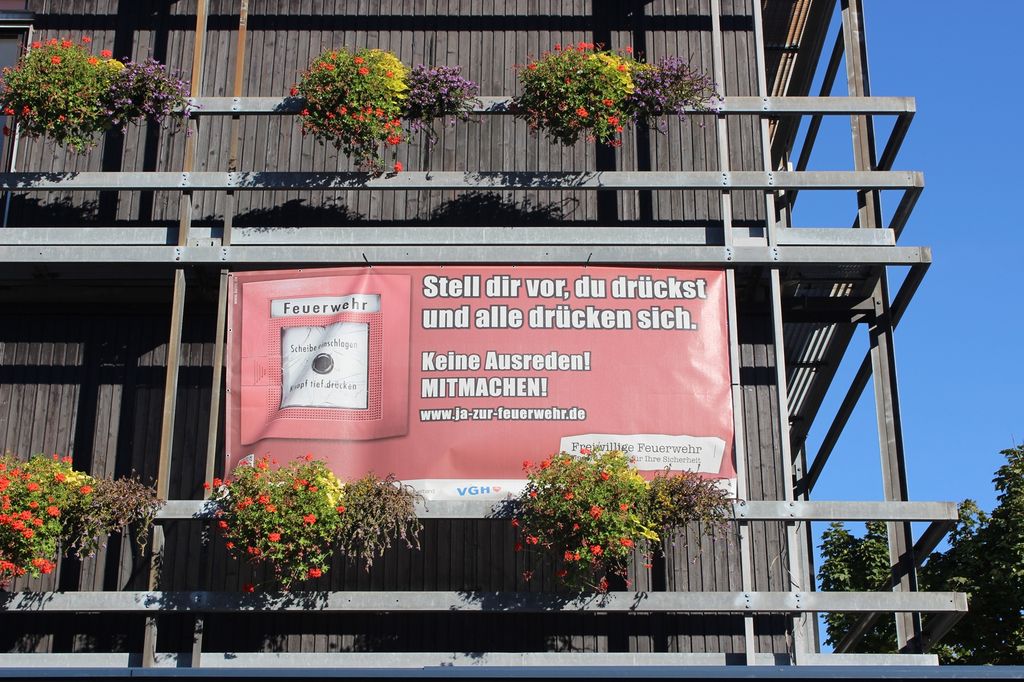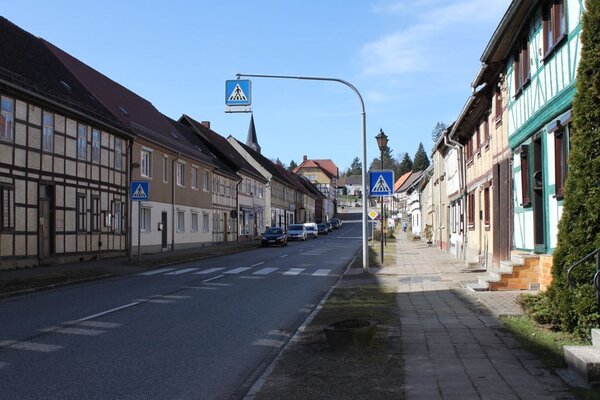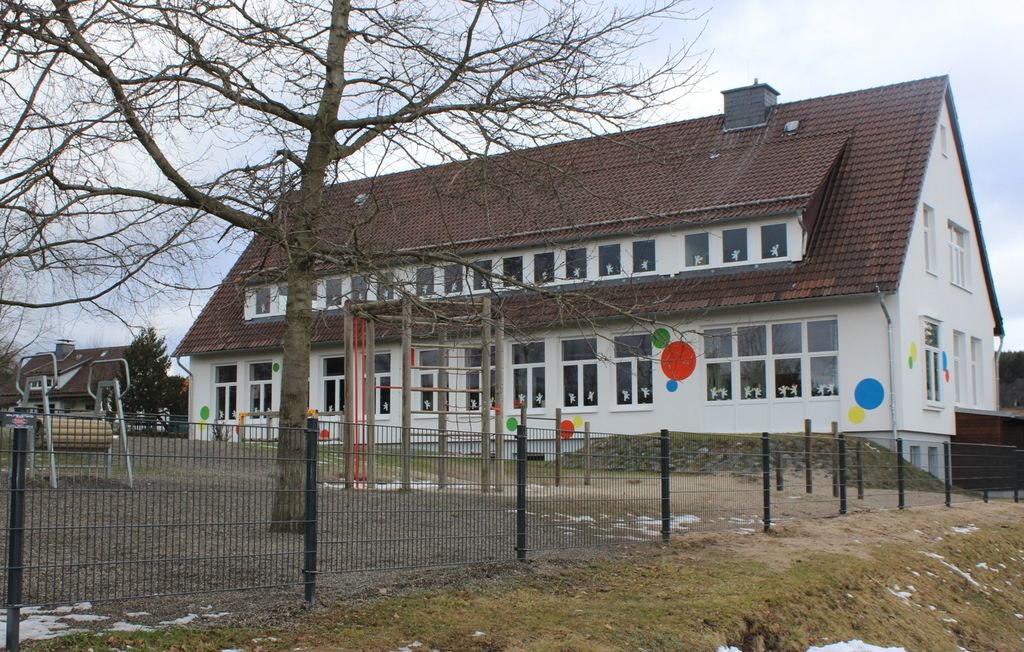
Living in rural areas in Germany differs from city life, even though the same regional conditions prevail in every region. Fact or fiction?
In the post-war decades, the living conditions in rural and urban areas in Germany became more similar. But since the 1990s, regional disparities have again begun to be reinforced. Many rural areas fell economically behind metropolitan areas, often resulting in a sharp population decline and aging. However, the transformation of the rural living conditions that we are investigating cannot be reduced to demographic change. On the one hand, there are other economic, technological and social processes with a high level of influence, such as the ongoing structural change in agriculture, the digital revolution or the increase in social inequality. On the other hand, rural areas are so distinct in their social and economic structures, resources and location factors, that it is impossible to assign them to one single type of development.
All the aforementioned transformations have an impact on rural life and its quality. Demographic change, for example, leads to an unprecedented increase in life expectancy. This process of collective aging challenges social support networks and care systems alike. Mobility becomes a key resource because living and working, but also education, recreation and service use, increasingly occur at different places. Service facilities concentrate in central places or are completely closed down. Yet the widespread perception of a general „lessening“ of the provision of services is not completely accurate. For example, high-speed internet or all-day schools are also factors of quality of life in rural areas and are currently subject to expansion in many rural areas. Without modern technological and social infrastructures, new socio-spatial disparities can arise or existing disparities be reinforced. This holds true in the comparison of distinct types of rural areas, but also in comparisons between rural and urban regions.
How is life in rural areas changing?
In our research we are interested in the variety of rural living conditions and their transformations in a changing world. We analyse the consequences of social and demographic change by focusing on service provision, for example with regard to health care or fire and emergency protection. In doing so, we consider developments of different rural areas and explore differences from and dependencies on urban areas. We analyse problems of regional governance and local participation, taking questions of changing administrative structures, public subsidies, regional shrinkage or civic engagement into account.
Our research questions are, among others:
- What are the impacts of demographic, economic, social, political, and ecological developments on the living conditions in rural areas?
- What are the gender, age and social groups most affected by these interdependent processes?
- How do different social groups perceive the changes of rural areas and how do they adapt to them?
- What options are available for political and civic actors to influence the living conditions in rural areas?
In our empirical analyses we apply a broad variety of social-science methods, such as standardised and semi-structured interviews, participant observation and group discussions. For certain local services (for example pharmacies, supermarkets and nursing services) we conduct accessibility analyses.


